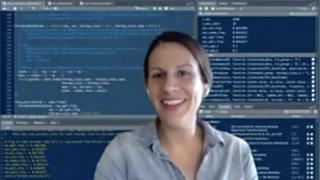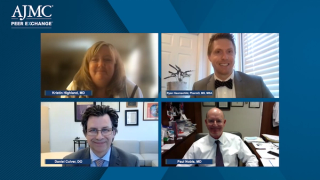
Small Cell Lung Cancer
Latest News
Latest Videos

CME Content
More News

Patients were more likely to accept intervention from a psychologist if they received regular questionnaires.
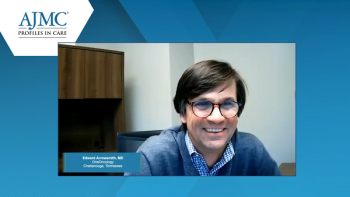
An oncology expert explains how clinical and non-clinical evidence impact the clinical pathway decision-making for patients with NSCLC.

Edward Arrowsmith, MD, describes the value of using clinical pathways in NSCLC therapy and how they are used at his institution, including their multiple sites of care.

New real-world evidence on non–small cell lung cancer (NSCLC) aligns with the results of a 2017 clinical trial.

More people are eligible for screening, but a new analysis suggests lung cancer disparities are due to more than eligibility status.

The research may eventually help clinicians optimize therapy with immune checkpoint inhibitors.
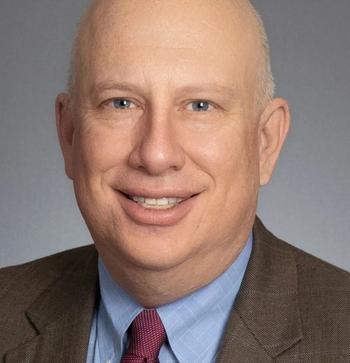

Two studies showed how hospital-based trigger systems could help guide patients toward appropriate goals of care and in some cases palliative care.
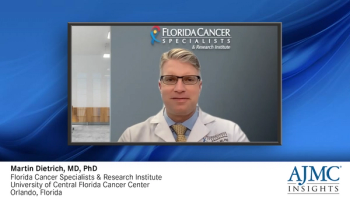
Our experts conclude with their final thoughts on the future of NSCLC treatment.
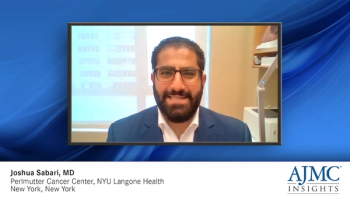
Three medical professionals recommend educational needs for both payers and providers within the NSCLC treatment landscape.
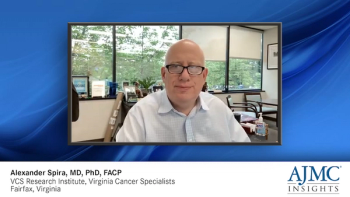
Drs Sabari and Spira comment on the use KRAS inhibitors in both frontline and combination therapies.
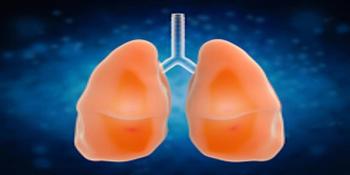
A new review notes advances and remaining questions, and calls for better incorporation of data from veterans.
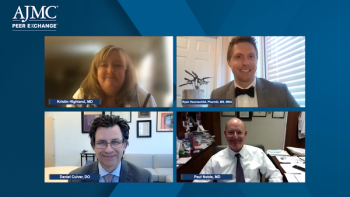
The panel concludes by offering key takeaways for viewers and listeners on ILD therapy.

The panel participants relay unmet needs they have found when treating ILD, and discuss promising therapy developments that could improve the treatment landscape.

Better screenings and improved therapies have helped boost non–small cell lung cancer (NSCLC) outcomes, but investigators said some patient groups have seen less improvement than others.

Dr Dietrich discusses patients acquiring and providers managing resistance to KRAS inhibition.

Alexander Spira, MD, PhD, FACP, and Joshua Sabari, MD, detail possible therapeutic options for KRAS-mutated NSCLC, focusing on adagrasib and treating brain metastases.

Veterans often have characteristics and comorbidities that can make them less likely to be included in clinical trials.

Dr Sabari highlights typical outcomes for patients with NSCLC vs KRAS G12C-mutated NSCLC, as well as challenges associated with targeted treatments.

Martin Dietrich, MD, PhD, explains what KRAS G12C mutations in NSCLC are and how common they are within the NSCLC landscape.

Daniel Culver, DO, details how COVID-19 has impacted the treatment of ILD.

Kristin Highland, MD, and Ryan Haumschild, PharmD, MS, MBA, compare management tools to self-regulation for the best ILD treatment outcome, as well as patient access to nintedanib, pirfenidone, and tocilizumab through special pharmacies.

Over the past decade, the Veterans Health Administration (VHA) has sought to boost lung cancer screening rates, but several challenges remain.
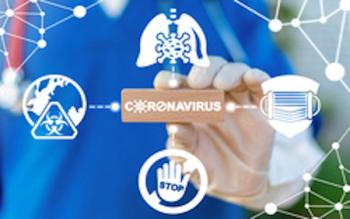
A university hospital saw an initial drop of new cases, but treatment efficacy was unaffected.
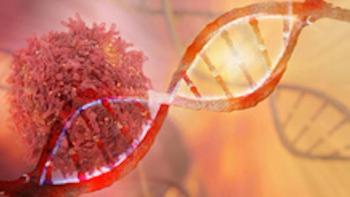
In patients with BRAF-mutated non–small-cell lung cancer (NSCLC), further research is needed to identify more treatment options that address the scope of subsets in this population.









